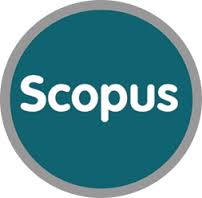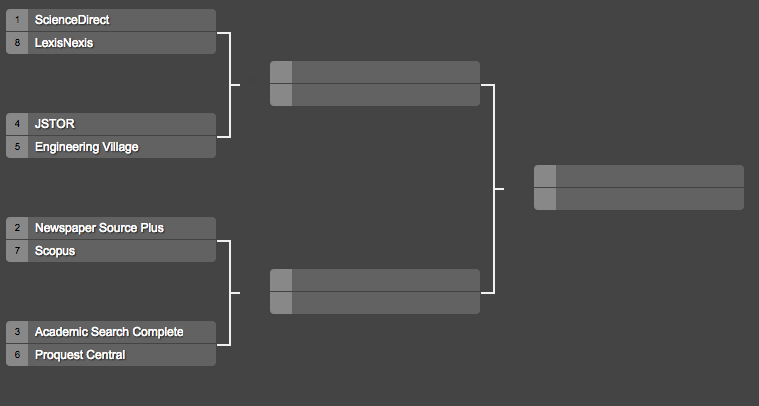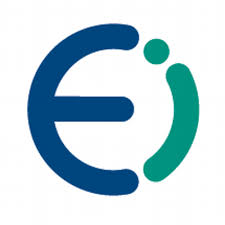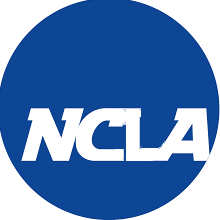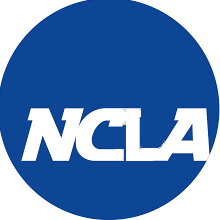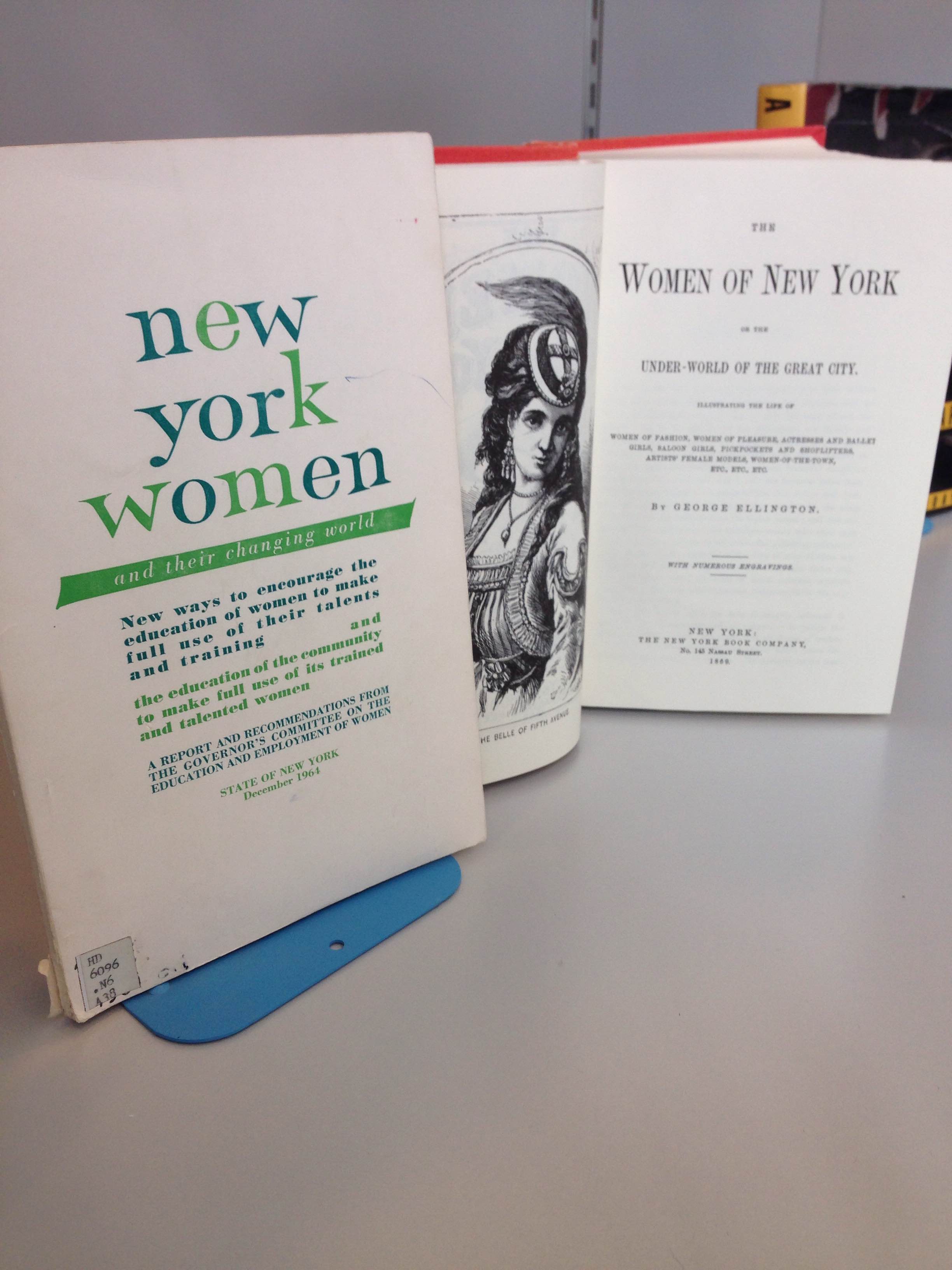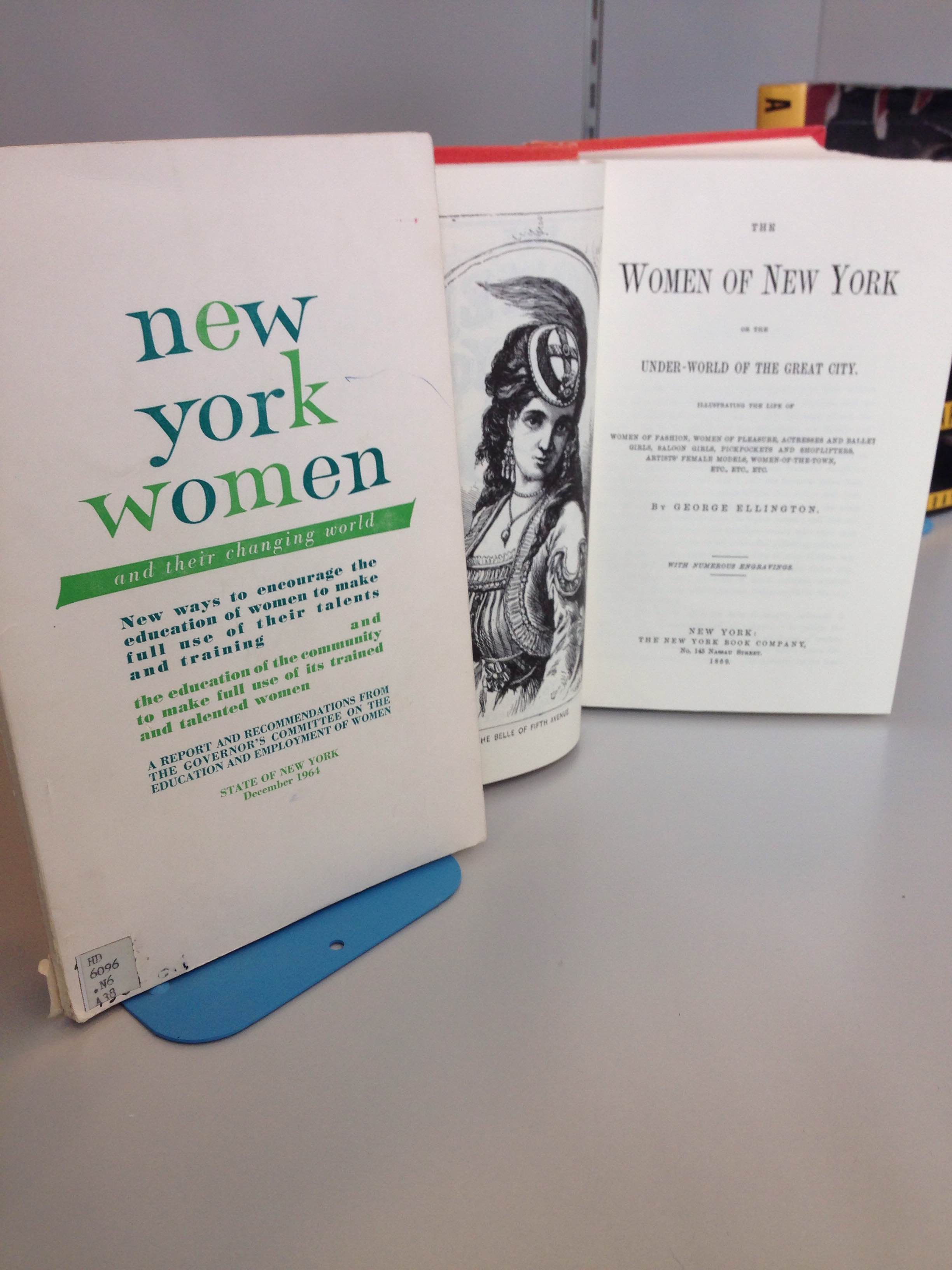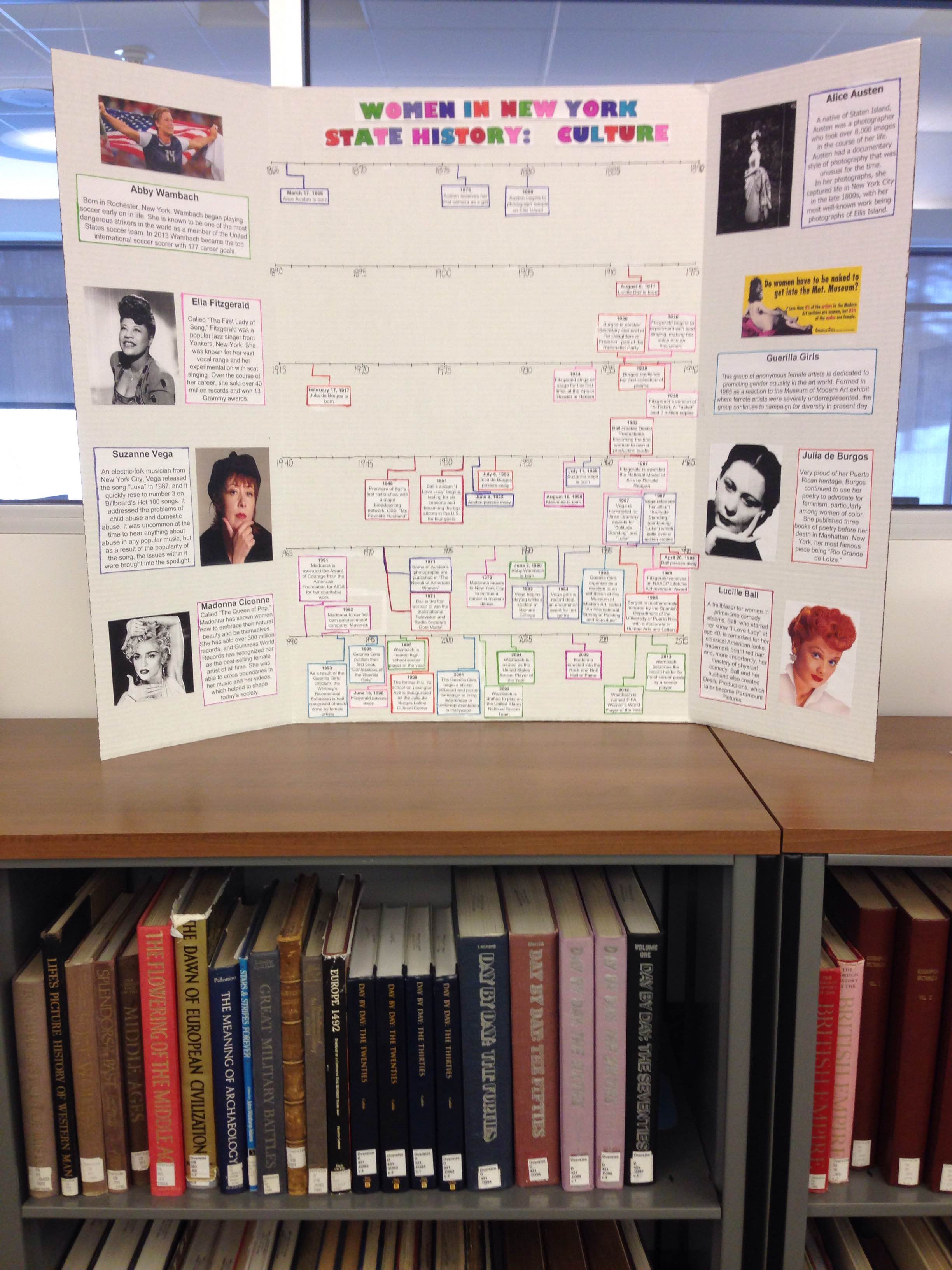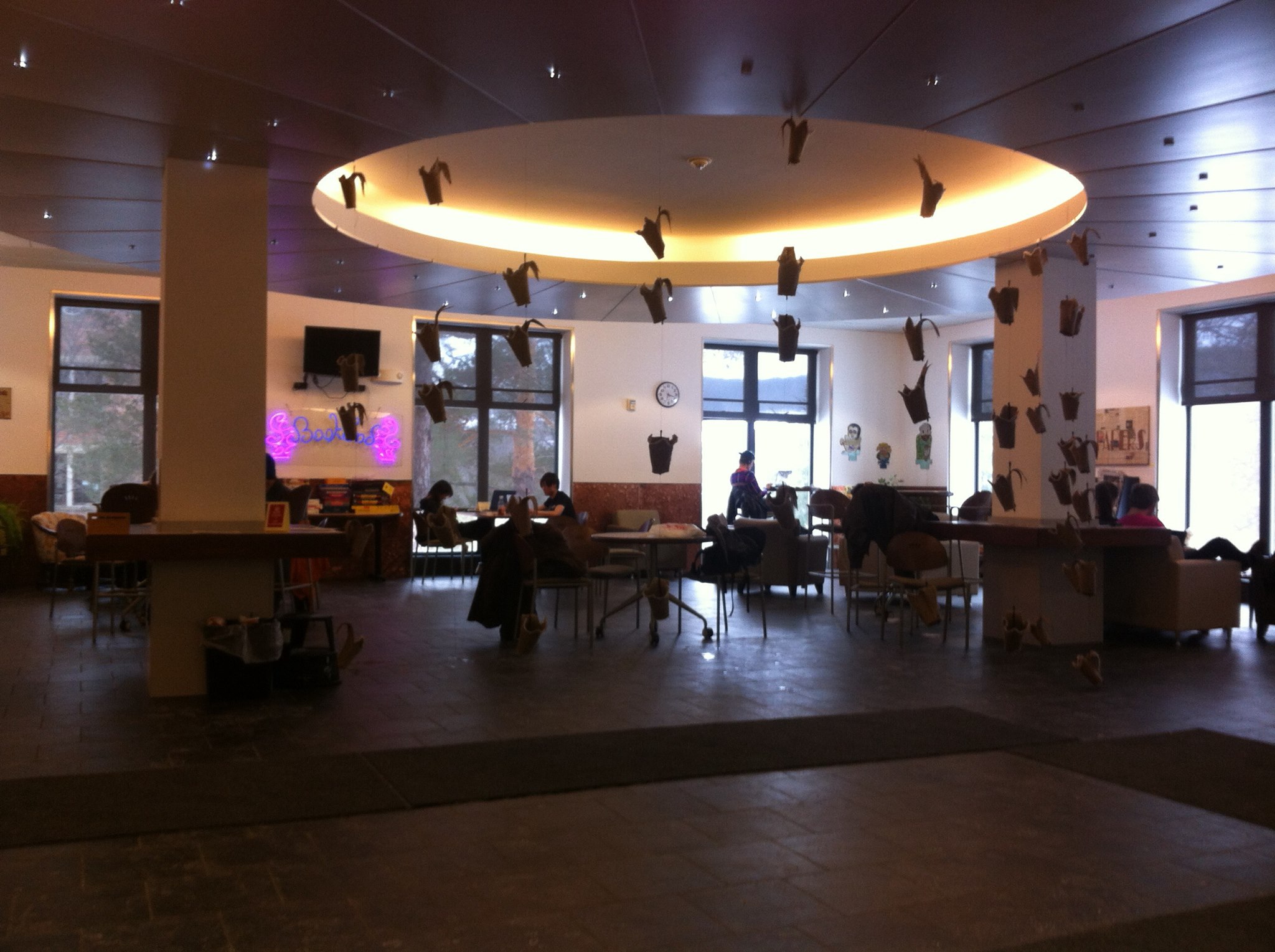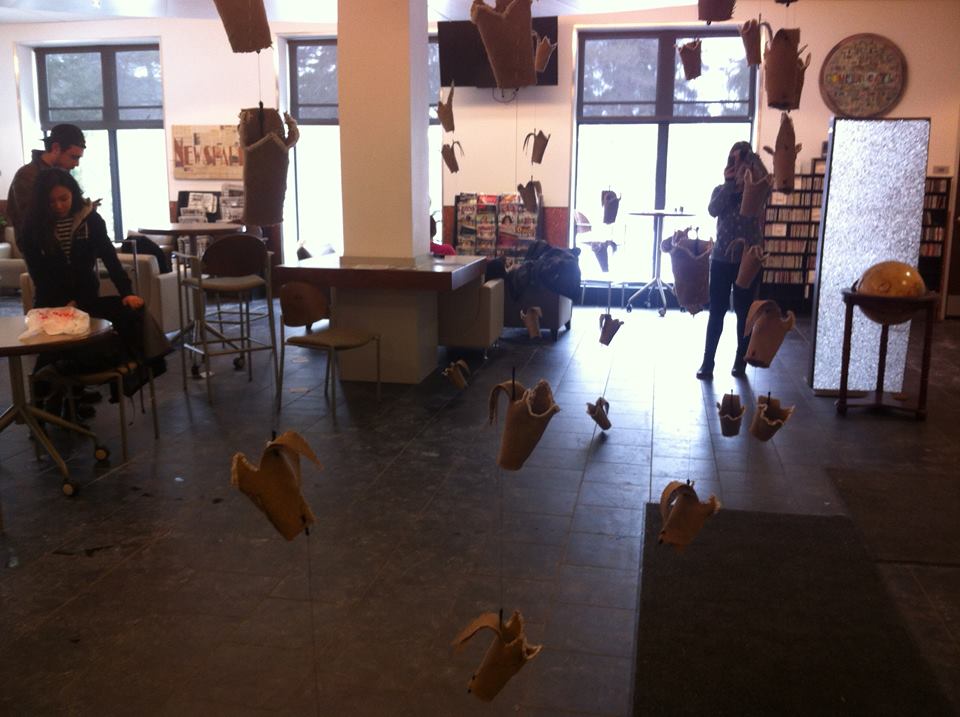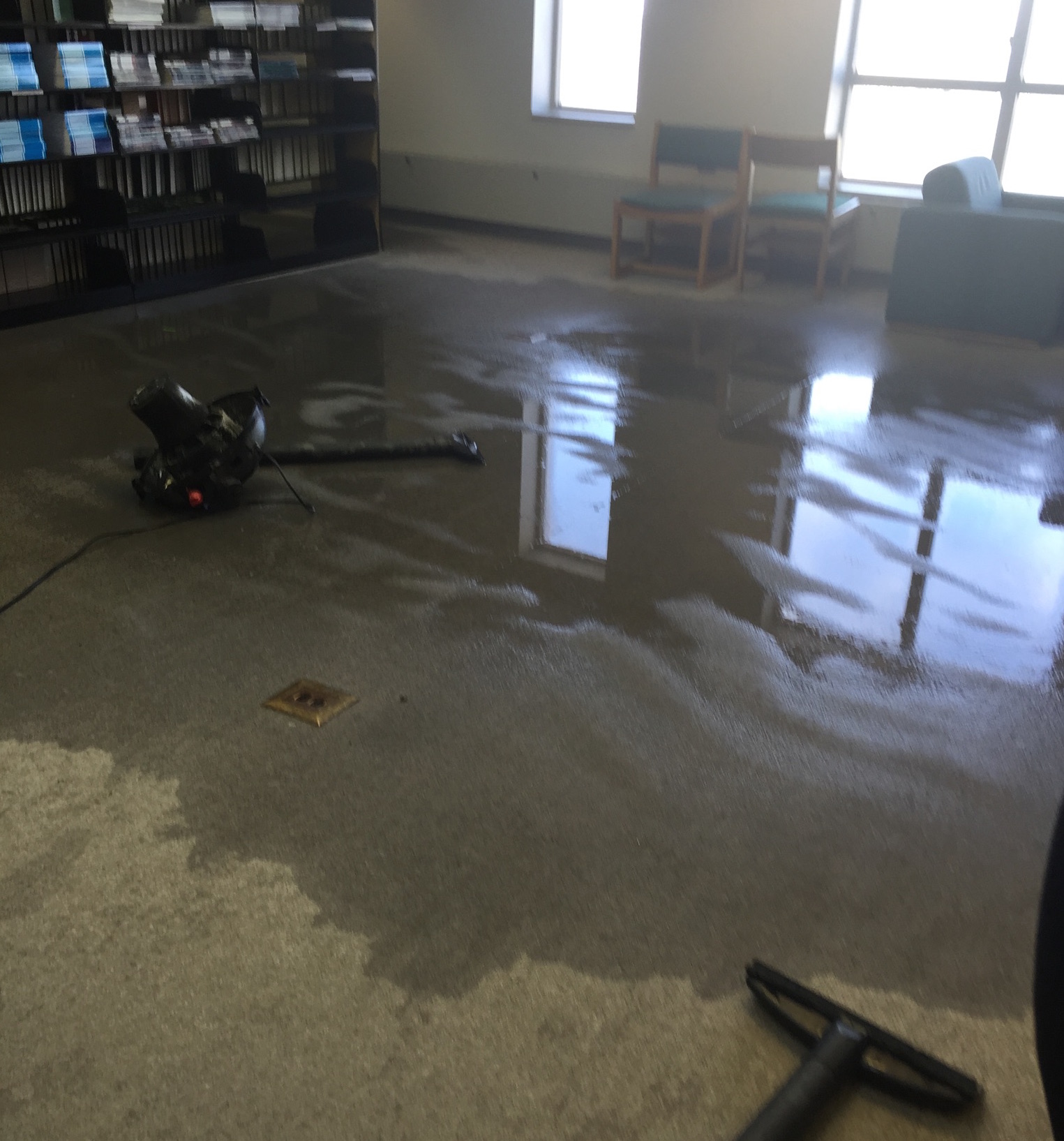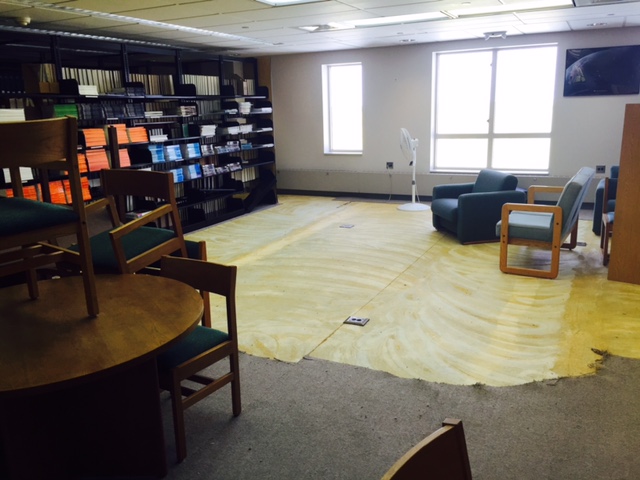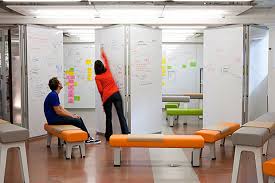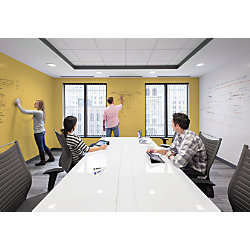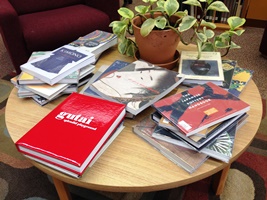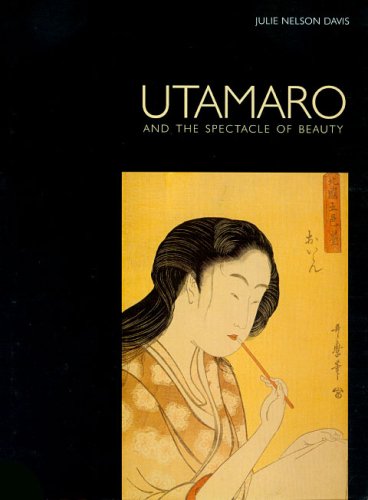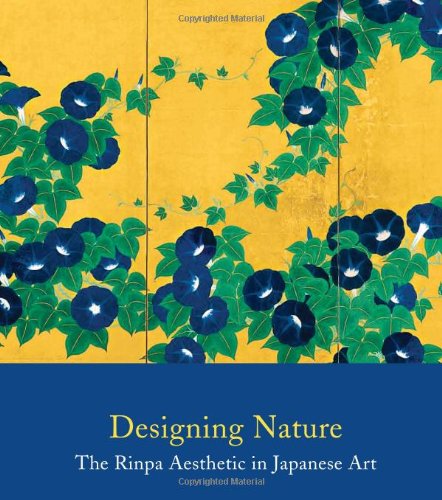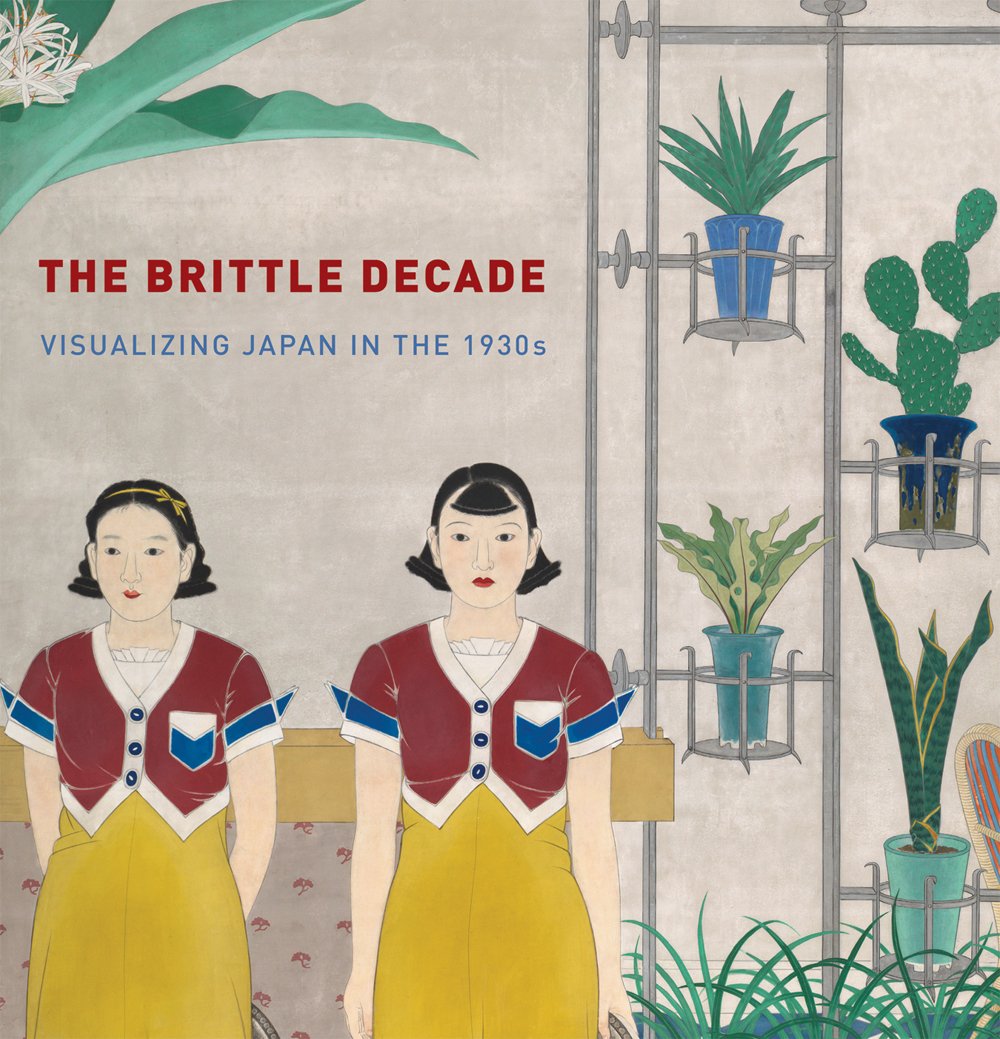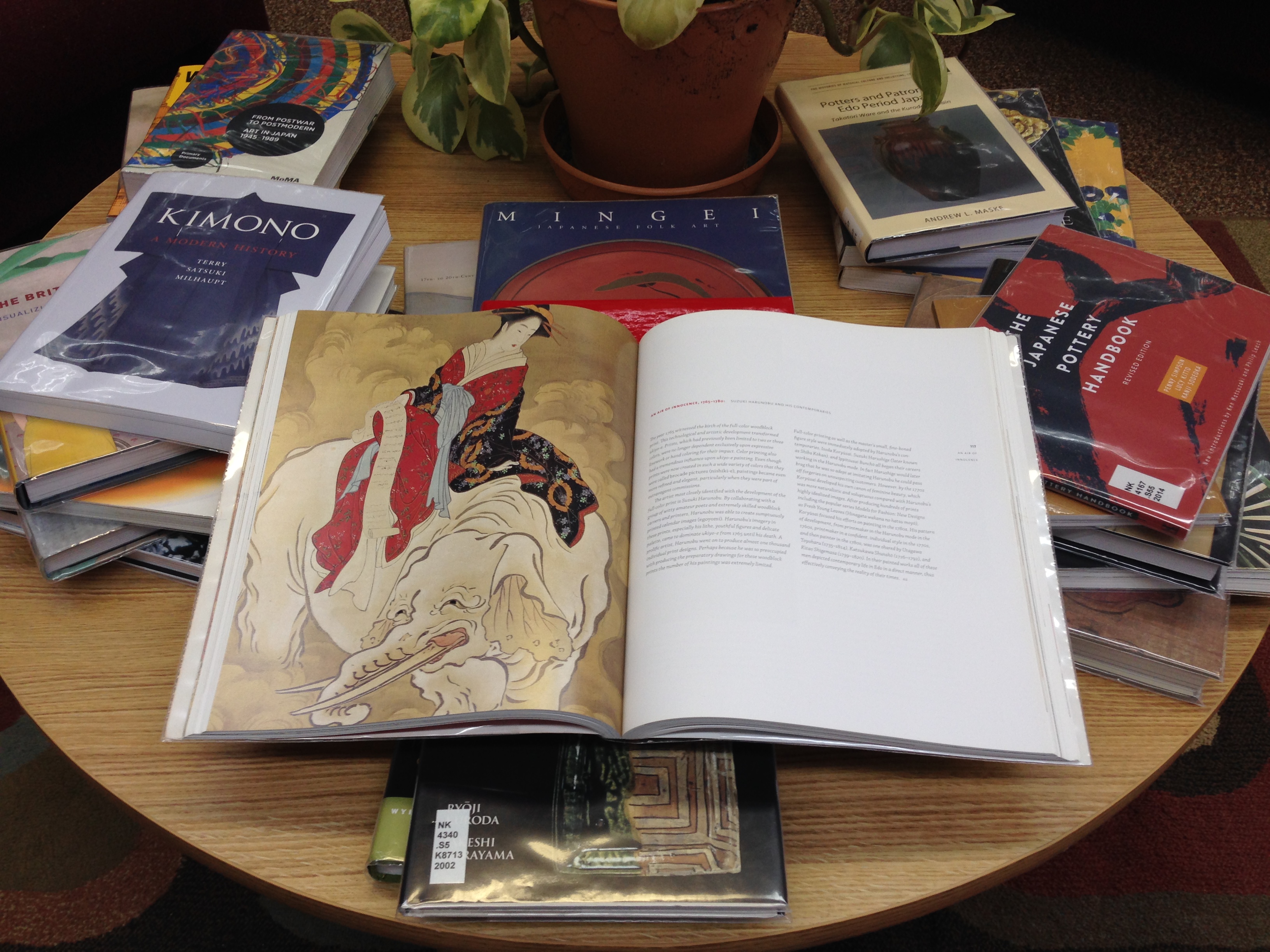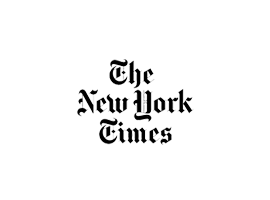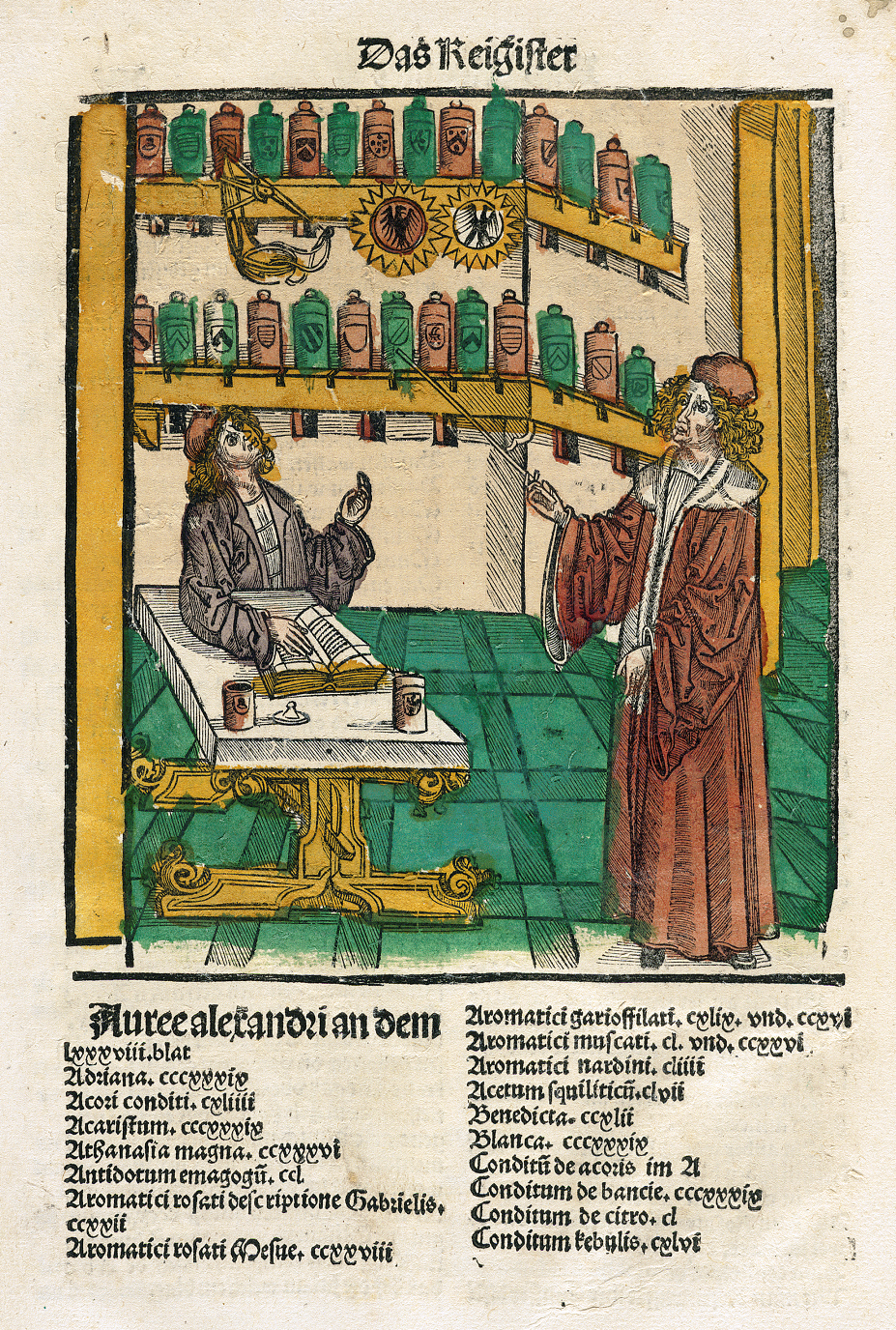
Illustration of an alchemy workshop;
Courtesy National Library of Medicine
I’m pleased to announce that the Scholes Library will be hosting the
“Harry Potter’s World: Renaissance Science, Magic, and Medicine” exhibit from the National Library of Medicine, from August 31st through October 10th! The exhibit will be accompanied by opening and closing receptions, contests, a series of lectures and events, and much more.
The Harry Potter’s World exhibit is a traveling piece that focuses on the Renaissance traditions–scientific, philosophical, and mythological–that influenced the magic and culture in the world of Rowling’s books. Including images of primary sources on topics from alchemy to botany and magical beasts, the National Library of Medicine’s materials will be supplemented by items from our own collection. Items such as the Magiae Universalis Naturae et Artis (as seen below), a 17th century text from special collections, will be on display, tracing the relationships between alchemy, metallurgy, and chemistry.
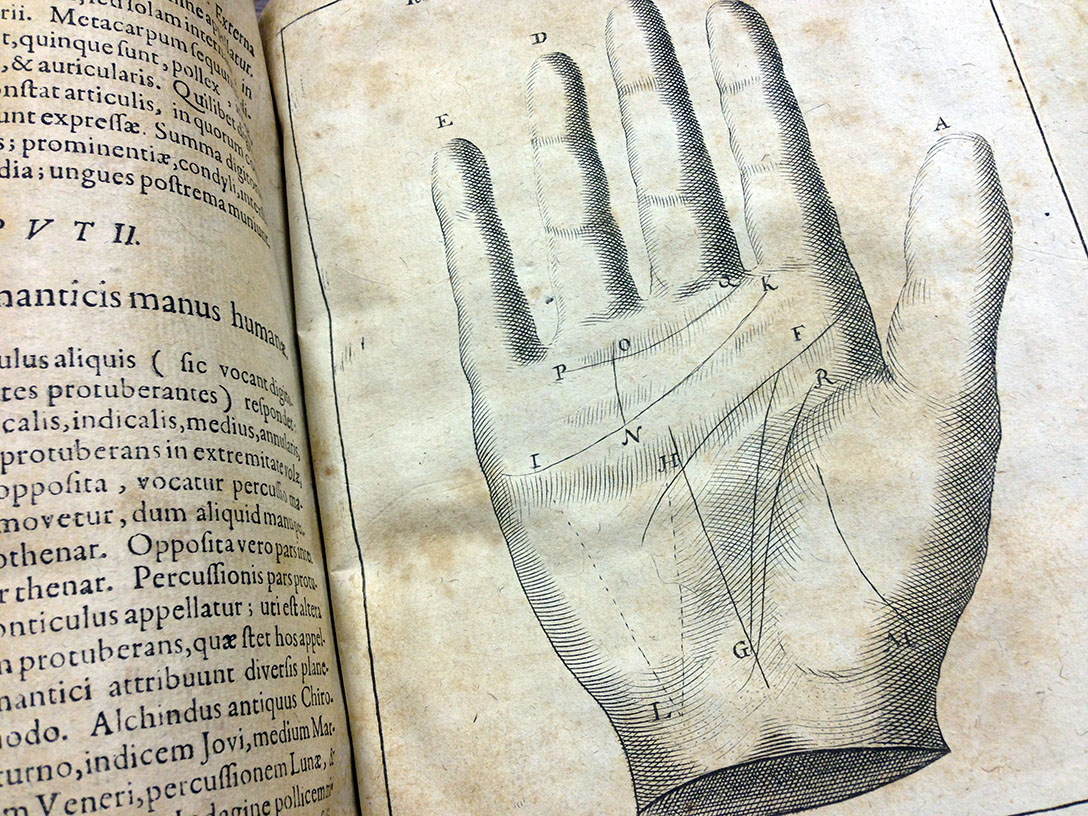
A page from the Magiae Universalis
We’re planning an extensive program of activities to accompany and enrich the exhibit, and there should be something for everyone. (Butterbeer! Costume contest! Music! Chocolate frogs! Prizes!) For right now, though, we’d like to reach out to all of you, our patrons and readers, and open the door to your involvement in this event.
As part of the Harry Potter’s World Exhibit, the libraries are seeking professors, staff, and community members of all walks of life to come speak on a topic related to Harry Potter–or to put on a demonstration of a relevant skill, or lead a workshop, or almost anything else you can imagine. While lectures directly about Harry Potter are obviously welcome, this concept is very flexible, and we welcome all proposals and suggestions. Maybe you want to take your inspiration from Professor Sprout’s Herbology class and talk about medicinal herbs; maybe you have some insights into the history of witchcraft in England; maybe you’re feeling crafty and want to teach people how to make their own wands. It’s all open!
Several other institutions have held lecture series while hosting this exhibit. Here are just a few of their titles, to help inspire you:
- “Magic, Illusion, and Ghosts: The Marketing of Science and Psychotropics,” Dr. Glen Spielmans, Metropolitan State University
- “Quick Quotes and Quibblers: The Role of the Media in the Wizarding World,” Lola Burnham, Eastern Illinois University
- “Magic, an Anthropological Perspective,” Dr. Don Holly, Eastern Illinois University
- “Character, Structure, Perspective…and a Castle: A Medievalist Reads Harry Potter,” Dr. David Raybin, Eastern Illinois University
- “Immortality,” Dr. Thomas Duffy, Yale University
Obviously this is just a tiny selection of the possible range! Let your imaginations run wild; we’re eager to hear your ideas. If you have an idea, a suggestion, a question, a full-fledged proposal, or you’d just like to get involved in some way, please send me an email to sclippa@alfred.edu.
Looking forward to hearing from you!
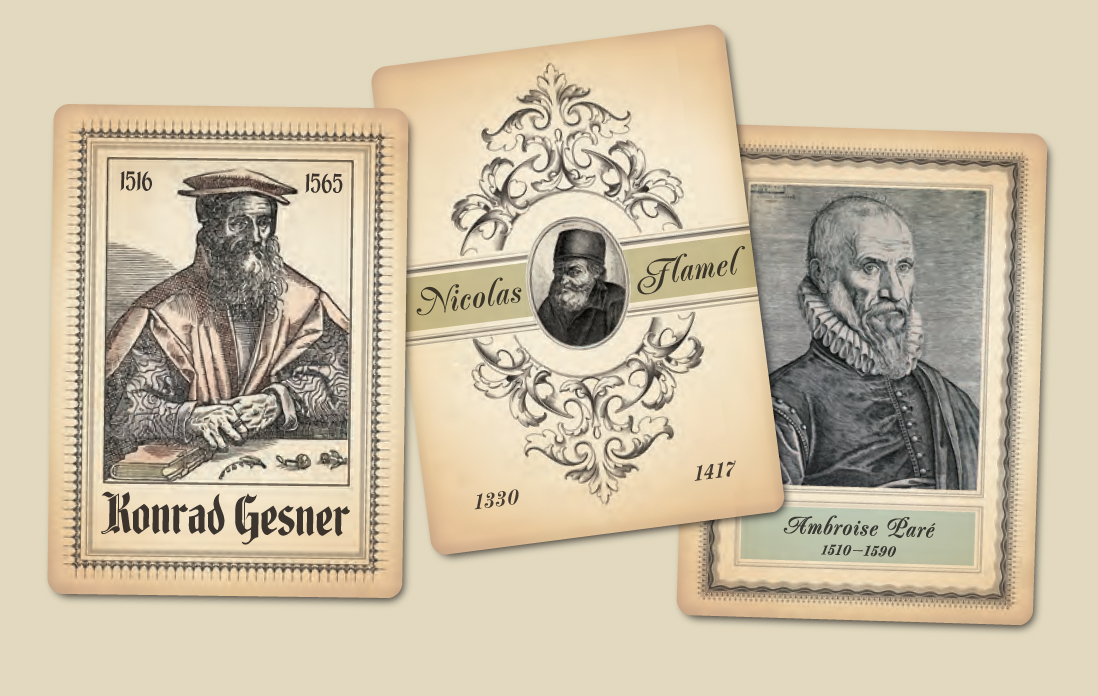
Trading Cards from Harry Potter’s World Exhibition
Courtesy National Library of Medicine
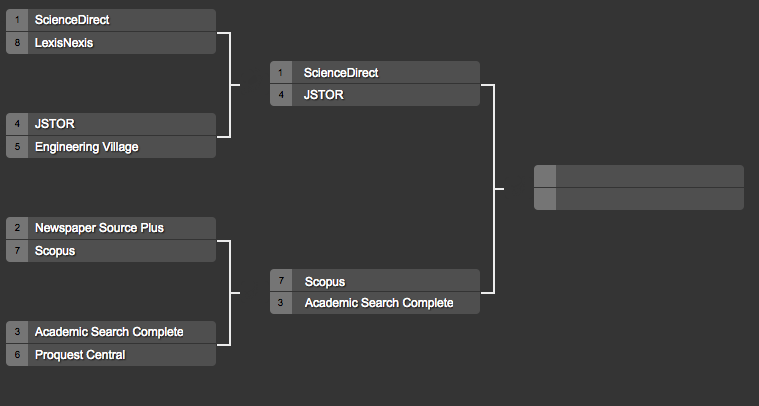
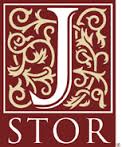
![]()
